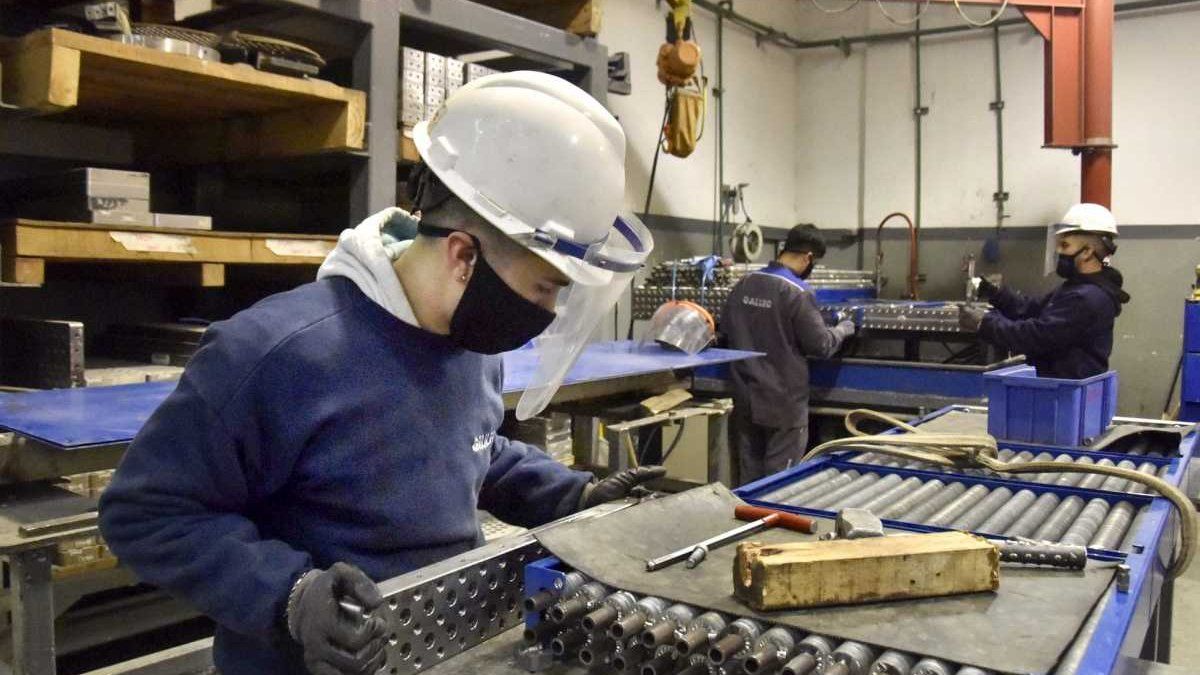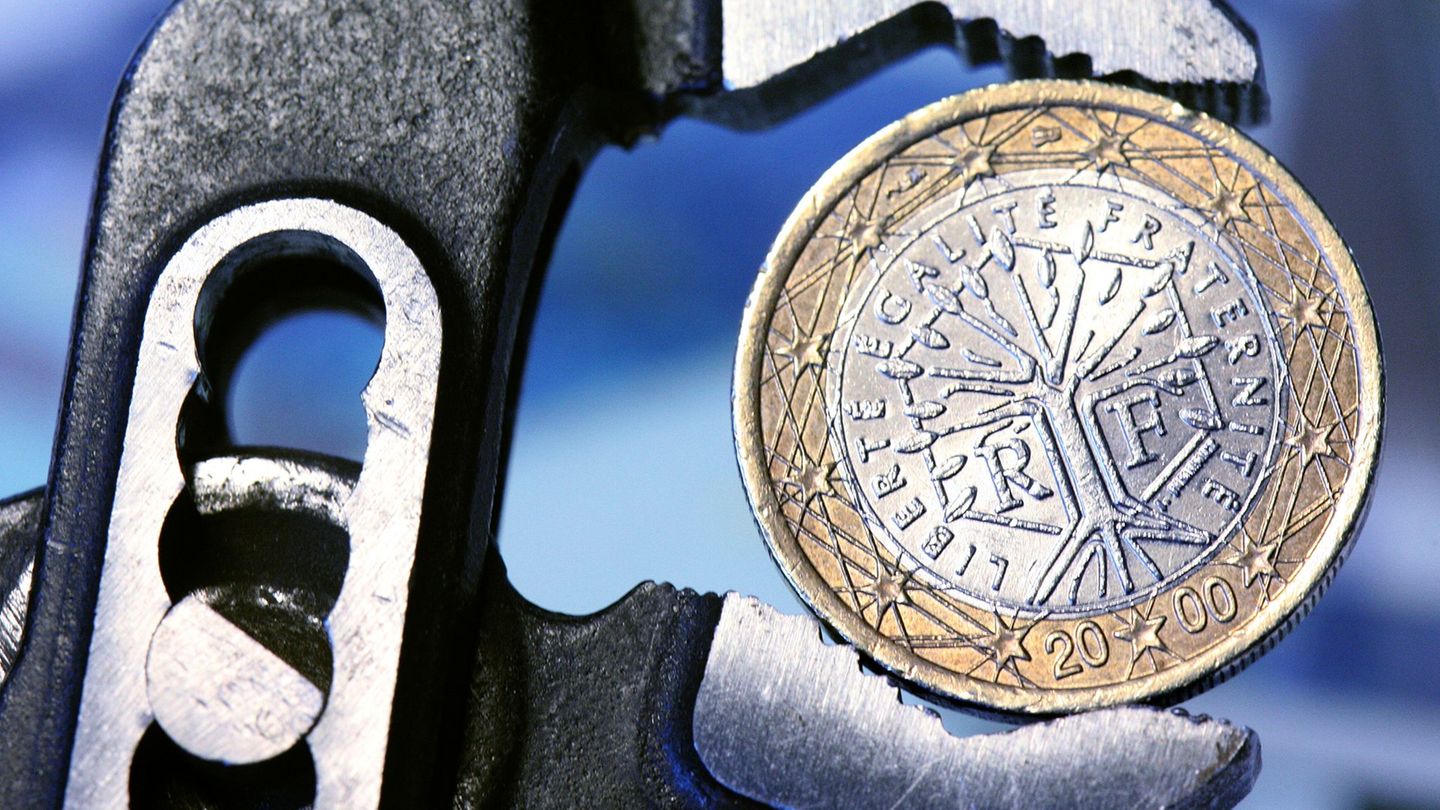After knowing the data of the EMAE October, which recorded a drop in 0.3% monthly without seasonality, from the LCG consultancy they pointed out: “After five straight months of growth, the economy seems to have entered into stagnation, accumulating its second consecutive month of contraction. Although it would remain to observe a longer period to confirm a trend, it should be noted that in the last two months 0.5% of the product was lost (equivalent to a rate of -2.9% annualized)”.
Meanwhile, according to General Activity Index from the consultant Orlando ferreresin November an estimated annual growth of 2% was observed, “the lowest growth rate since February 2021, the last month compared to the pre-pandemic”.
“In turn, for the eighth consecutive month, the seasonally adjusted index alternates positive monthly variations followed by negative ones. The 0.3% drop of the eleventh month It is yet another confirmation of the period of economic stagnation that the local economy is going through. Thus, the December measurement should show a seasonally adjusted growth of 1.0% just to match the level shown by the index in December 2021”, they pointed out from Ferreres.
“In the sectoral detail, the collapse of agriculture had by far the greatest negative incidence, an effect mainly offset by the service sectorparticularly due to trade, which in November recorded the highest annual growth”, they detailed.
“By the end of the year and the first quarter of next year, prospects are modest; with import limitations, and a very lean wheat crop a greater slowdown in economic activity in the coming months should not be surprising,” they added, and concluded that, by the end of 2022, the consultant’s index “probably shows growth slightly below 5.0%, while the estimate of the INDEC It will probably be located above 5.5%”.
For its part, according to the Monthly Activity Index (IMA), of the Institute of Labor and Economy (ITE) of the Germán Abdala Foundation, in November the economy grew 0.8% annually and “when observing the indicator in monthly frequency without seasonality, it is noted that in november the economy grew 0.5% compared to octobercutting with six consecutive months in decline”.
It is that the different sectors had different performances during the past month. For example, heRetail sales presented a contraction of 3.1% year-on-year to accumulate five months of decline, according to the CAME. In the same month, industrial activity grew 1.2% month-on-month and 1.9% year-on-year, according to the index prepared by the Center for Production Studies (CEP XXI).
In this scenario, from Ecolatina they indicated that they estimate that by the end of 2022 “The economy continues to show signs of cooling off.” “As a result of this evolution, the economy would experience a seasonally adjusted contraction in the last quarter of the year, although it would be less than 1%,” they detailed.
“However, in the annual average for 2022 this would not be reflected: the economy has already accumulated a rise of 6.1% until October, for which we project that in the annual average the growth figure will end up being only somewhat lower due to the most limited performance of the last quarter ”, they added from the firm.
For their part, from LCG they detailed that their projection for 2022 “It is an average growth of 5.6% per year, the one that hides the statistical drag of 3 pp left by the 2021 recovery ”. “Indeed, Measured end to end, we expect growth of only 2.9% per year”, they detailed.
Scenario 2023
“By 2023, outlook remains conservative. An international front with meager growth prospects, negative impacts on the harvest agriculture of the main crops that will generate the drought, a more contractionary bias of economic policy (little margin to expand primary spending in the election year and rates of interest that would remain in positive territory) together with greater restrictions on imports are part of the main reasons”, they projected from Ecolatina.
“Looking ahead to 2023, in a scenario of continuity in which restrictions and imbalances remain latent, we project growth below 1% per year, in line with the drag left by this year”, they added for their part from LCG, and concluded: “The proposed continuity places a limit on investment making the figure of ‘wait and see’ prevail in a good part of the decisions to be made . At the same time, the need to continue accumulating reserves without correcting the exchange rate will demand the maintenance of controls on imports and capital flows with an impact on the sector and on investment. On the other hand, in the framework of the fiscal convergence imposed by the agreement with the IMF and the scarcity of financing (both in pesos and in dollars), it is difficult for public consumption to be the one that generates traction”.
Source: Ambito
David William is a talented author who has made a name for himself in the world of writing. He is a professional author who writes on a wide range of topics, from general interest to opinion news. David is currently working as a writer at 24 hours worlds where he brings his unique perspective and in-depth research to his articles, making them both informative and engaging.




